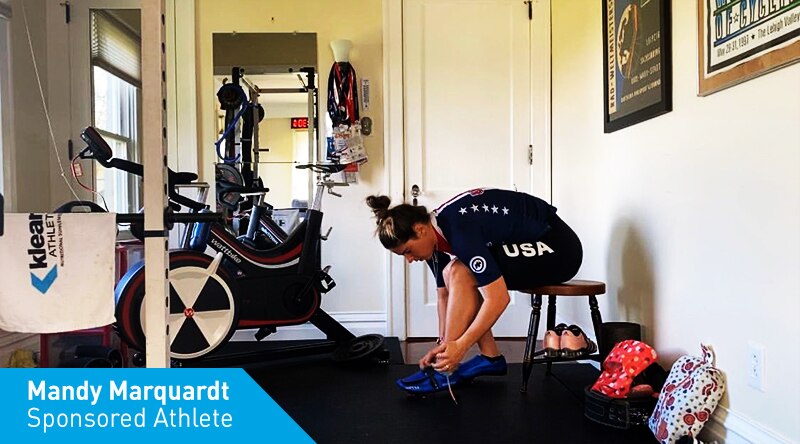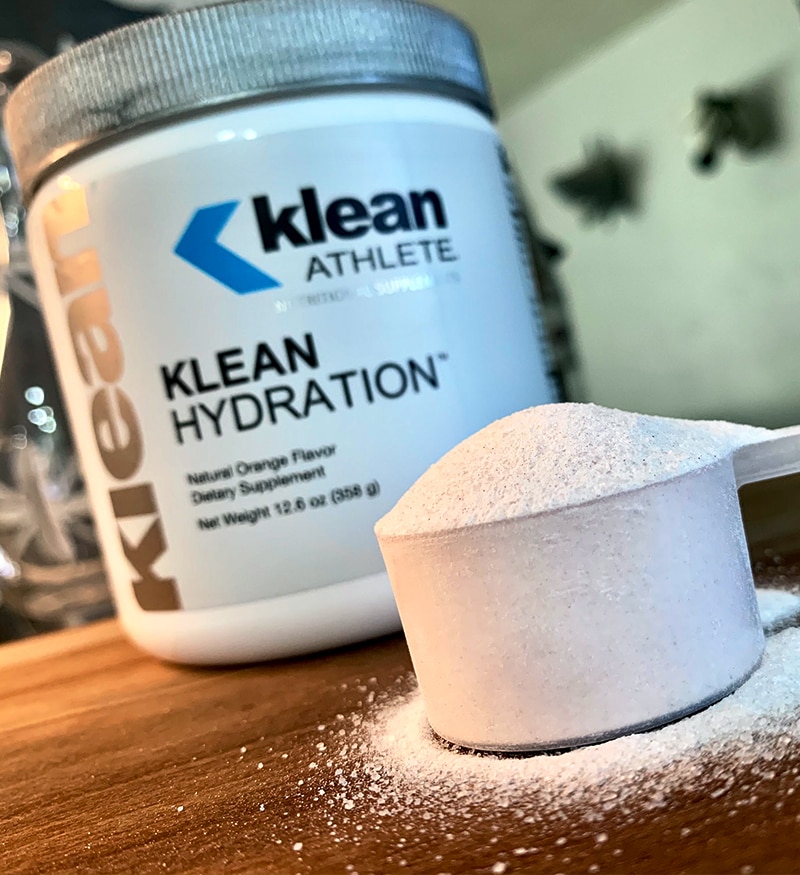WUT To Use To Help Hydration In Winter?
By Sponsored Team & Friends of QT2 Training Systems
With warmer months behind us and winter in full effect, ‘tis the season for hot and humid indoor training, when hydration is furthest from our minds — yet it’s paramount to our physical fitness. Hydration dictates how we train, recover and feel throughout the day! Here are some tips and tricks to keep you at your best, and not let dehydration put a damper on your training!
- First, how do you assess your hydration status? Use WUT! You may be dehydrated if two or more of the markers below are present.
Weight – a stable day-to-day body weight (within 1%) is not maintained (unless specifically trying to lose weight)
Urine – darkened first morning urine or a reduction in daily urination frequency
Thirst – craving fluids or dry mouth
- Research has shown that drinking on a schedule (vs. drinking to thirst) is optimal in most situations, including longer-duration activities (>90 minutes) — particularly in heat, higher-intensity training with high sweat rates, and training for which performance is a concern. Drinking to thirst may be sufficient in short-duration exercise (<60 minutes), training in cooler conditions, and for lower-intensity training.
- Determining an appropriate drinking schedule to ensure proper hydration during training is an important step for athletes. Common sweat rates range from 1-4 lbs/hr. Weighing yourself before and after training to get a sense of your loss is a good starting point. You may also consider doing a formal sweat test (which is included in our partner The Core Diet’s Race Fueling Plans). Sweat tests involve a simple protocol and can be done at home.
- Sweat contains not only water, but electrolytes such as sodium, potassium and magnesium. For this reason, sports drinks (vs. plain water) are optimal for hydration during training. In addition, while hydration and fueling are two separate entities, sports drinks can serve both purposes, providing fluid as well as electrolyte and carbohydrate repletion. For longer-duration, performance-minded training, look for a sports drink that contains 40-50 grams of carbohydrates and 500-600 mg of sodium per 24-oz bottle. Klean Hydration is an example of a product that meets these guidelines.
- Think of hydration, not just during training, but also pre-training and post-training.
- Pre-training:
- 2-3 hours before training – drink 16-24 oz of fluid
- 30 minutes before training – drink 8 oz of fluid
- good choices include water with a dash of salt or an added electrolyte capsule such as Klean Electrolytes, salted watery fruits and vegetables (watermelon, salted tomatoes), sports drink
- Immediately after training:
- drink at least 16 oz for each pound lost during training
- good choices include post-training recovery drink (carbohydrate + protein-based drink with added electrolytes), salted watery fruits and vegetables, water with a dash of salt or an added electrolyte tablet
- Pre-training:
- And finally, don’t forget about the rest of the day, besides pre-, post- and during training hydration! A good goal for daily fluid intake is to drink half of your body weight (lbs) in ounces each day, in addition to what you drink to replace training losses. For example, a 140-lb female should drink 70 oz of fluid per day, on top of fluid taken during training and recovery to replace sweat loss.
Remember: Hydration is a controllable and easy way to stay on the path to peak performance!


